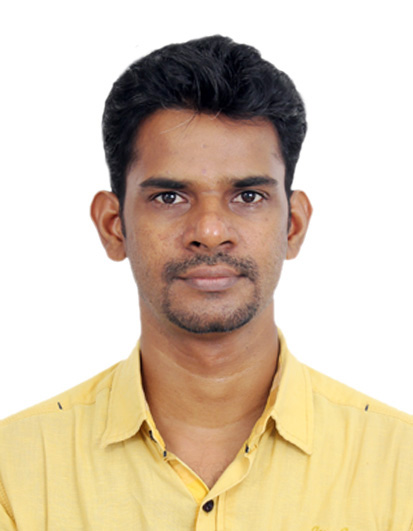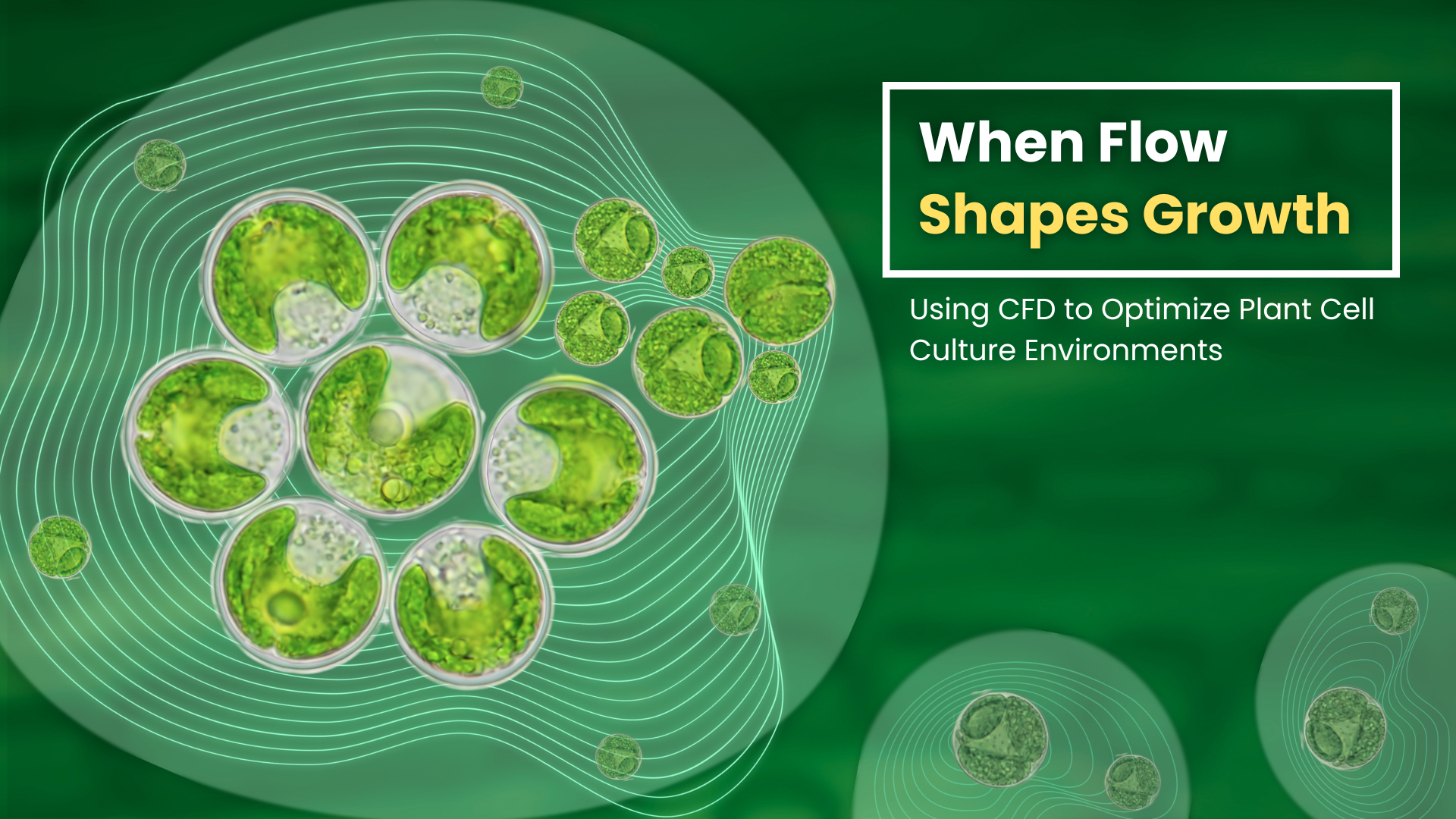Bigger is not always better, and small things can be beautiful too. Hence, many times, we desire small things that can fit easily anywhere in our houses or our tiny pockets and can be easily carried around. This demand for smaller yet equally efficient devices has given a major push to the field of nanotechnology- a field where scientists study and manipulate the properties of tiny or nanomaterials. Though small in size, nanomaterials are now helping us to solve the bigger issues of mankind such as air pollution, wastewater treatment, drug delivery etc. The field has found applications in all major sectors such as electronics, agriculture, medicine, textiles etc.
In nanotechnology, the size of materials studied are of the scale of nanometers, i.e. one-millionth of a millimeter which is equivalent to 1 lakh times thinner than the diameter of our hair strand. At this scale, the properties of a material are different from the bulk material which means that properties of tiny particles of gold or nanogold will be different from the bulk gold. These different properties allow researchers to use nanomaterials for various new applications. The nanoparticles can be easily employed to manipulate living systems such as human cells or plant cells as their small size allows them to easily permeate the cellular structures. Another added advantage of nanoparticles is the increase in the surface area, i.e. the same weight of nanoparticles will have a larger surface area than the bulk material. This added surface area makes nanoparticles a preferred choice of catalyst in carrying surface level catalytic reaction in chemical industries.
While nanoparticles have various applications, their synthesis and assembly still remain a major bottleneck restricting their wide usage. Recognizing that a method to assemble gold nanorods (rod-shaped) will open various avenues of its applications, Dr. Ethayaraja Mani and his team at IIT Madras have been working on to come up with a simple technique for assembly of nanorods.In their latest research which has published in the international journal Physical Chemistry Chemical Physics, the team has reported a method through which the nanorods can be assembled on polystyrene microspheres.

Dr. Ethayaraja Mani 
Neethu Thomas
“It is well-known that gold nanorods find immense applications in biosensing photothermal treatment of tumors and substrate enhance Raman scattering, to mention a few. While gold nanorods are now being synthesized with good control on their physical dimensions, their organization in a substrate with controlled orientation have often been difficult to achieve due to colloidal instability and agglomeration,” says Dr. Ethayaraja Mani, Associate Professor at IIT Madras, who leads the research.
Polystyrene spheres, which are basically plastic spheres, are usedas a flexible platformto conduct diagnostic tests or other chemical reactions. While there are methods of assembling the spherical particles on a surface, however, assembly of nanorods on the curved surface remained a challenge. In this research, scientists have overcome this hurdle of assembling the gold nanorods into the surface which opens up their
avenues for various applications.

“Our study showed that it is possible to assemble gold nanorods in a micron-sized macro sphere in a fluid-fluid interface. Using controlled evaporation of the solvent, gold nanorods are assembled as a ring on microparticle. The composite particle could then be assembled in a much more controlled manner on substrates to make sensors and functional components of a device where gold nanorods serve as the active component,” adds Dr. Mani.
For this study, the researchers first prepared the gold nanorods which were stabilized using a chemical detergent CTAB. For assembling nanorods on polystyrene sphere, an interface was created between oil and water containing gold nanorods. On this oil-water interface, polystyrene microspheres were spread. This arrangement was left undisturbed for overnight. Next day, the scientists took out the polystyrene spheres and found that gold nanorods have assembled over polystyrene spheres using electron microscopy.
“Assembly of metal nano structures on a solid substrate are in high demand for optical and sensing application due to their high electromagnetic field. In particular, gold nanorods in a ring structure with end-to-end orientation
on microspheres are highly preferred due to enhanced electro magnetic field compared to its free nanorod form. However the existing fabrication techniques possess challenges such as scalability, tailored orientation etc. Prof. Ethayaraja’s group made this assembly on spherical micro particles by a simple, generic and scalable fluid-fluid interface technique. This technique can be extended to fabricate nanorods assembled capsules which can have very high electromagnetic field and can be exploited in a variety of applications such as sensing, bioimaging and NIR responsive drug delivery applications,” comments Prof. Sri Sivakumar, Professor at IIT Kanpur who is expert in the field.
Although the current research has the potential to replace the existing methods of assembling gold nanorods on substrates, however, for the method to work in large scales, several issues have to be addressed. In future, the team work to make the process feasible at a large-scale. The team aims to decrease the time required for gold nanorods to adsorb on the macro particle and improve the process of self-assembly to expedite the adsorption kinetics. As per the scientists, the throughput of the process is limited by the interfacial area due to which scaling-up to the large interfacial area need further optimization of the process. The team also has plans to carry out fundamental studies on controlling the number of gold nanorod rings, relative configuration of the gold nanorods within the ring (endto- end or side-to-side pattern) and their position on the macroparticles.
“The work looks good. I think it is a new step in the self assembly of nanoparticles into complex structures with a higher degree of organization. These assemblies have applications in optical materials and thin films,” said Prof. Nicholas Kotov, Professor at the US based University of Michigan and expert in the field, while appreciating the study. The research team of Dr Mani included Neethu Thomas from IIT Madras and Sanjana Shivkumar from Thrissur based Government Engineering College.
Article by Aditi Jain
Here is the link to the research article:
https://pubs.rsc.org/en/content/articlelanding/2020/cp/d0cp02396e#!divAbstract










